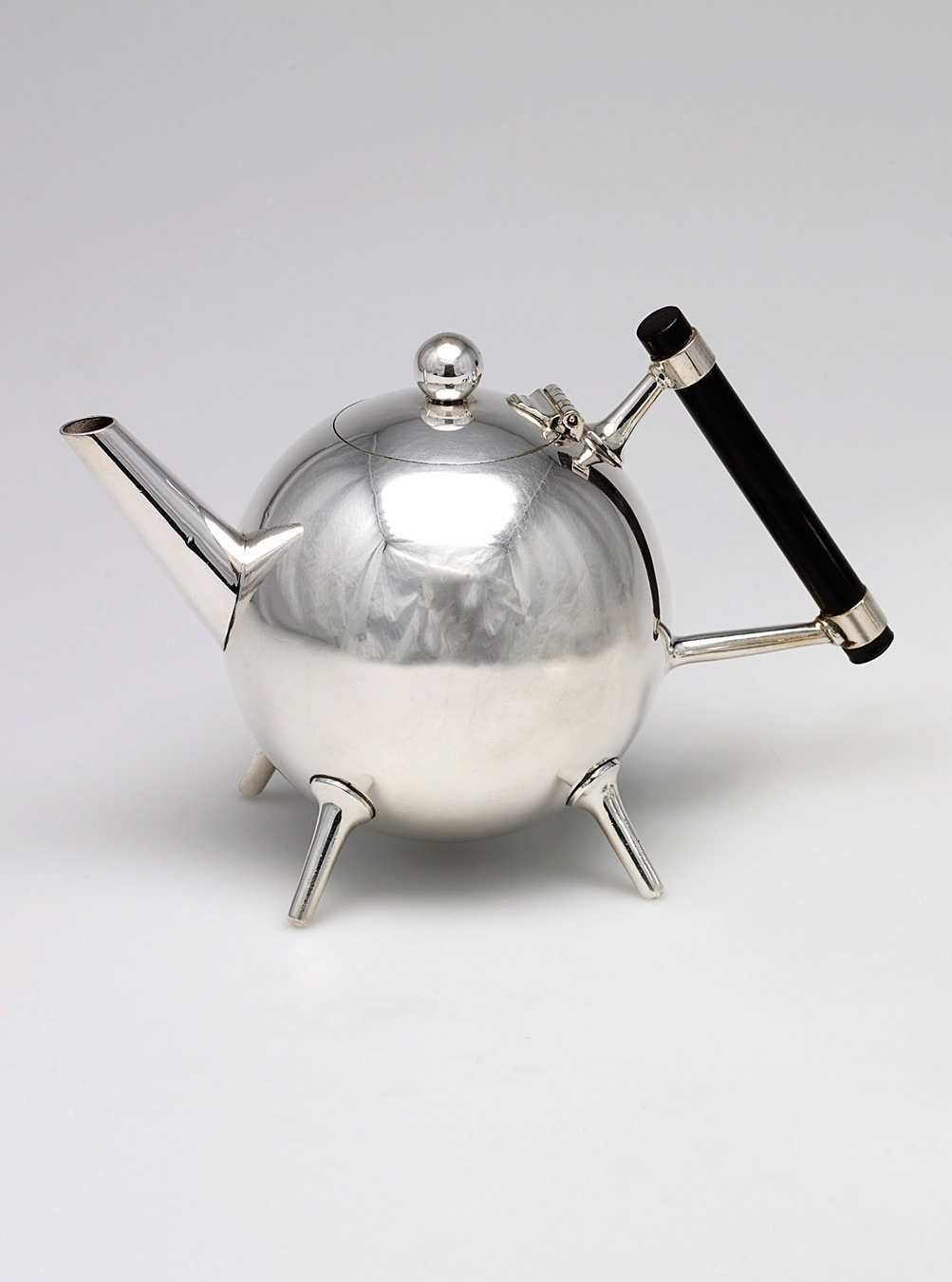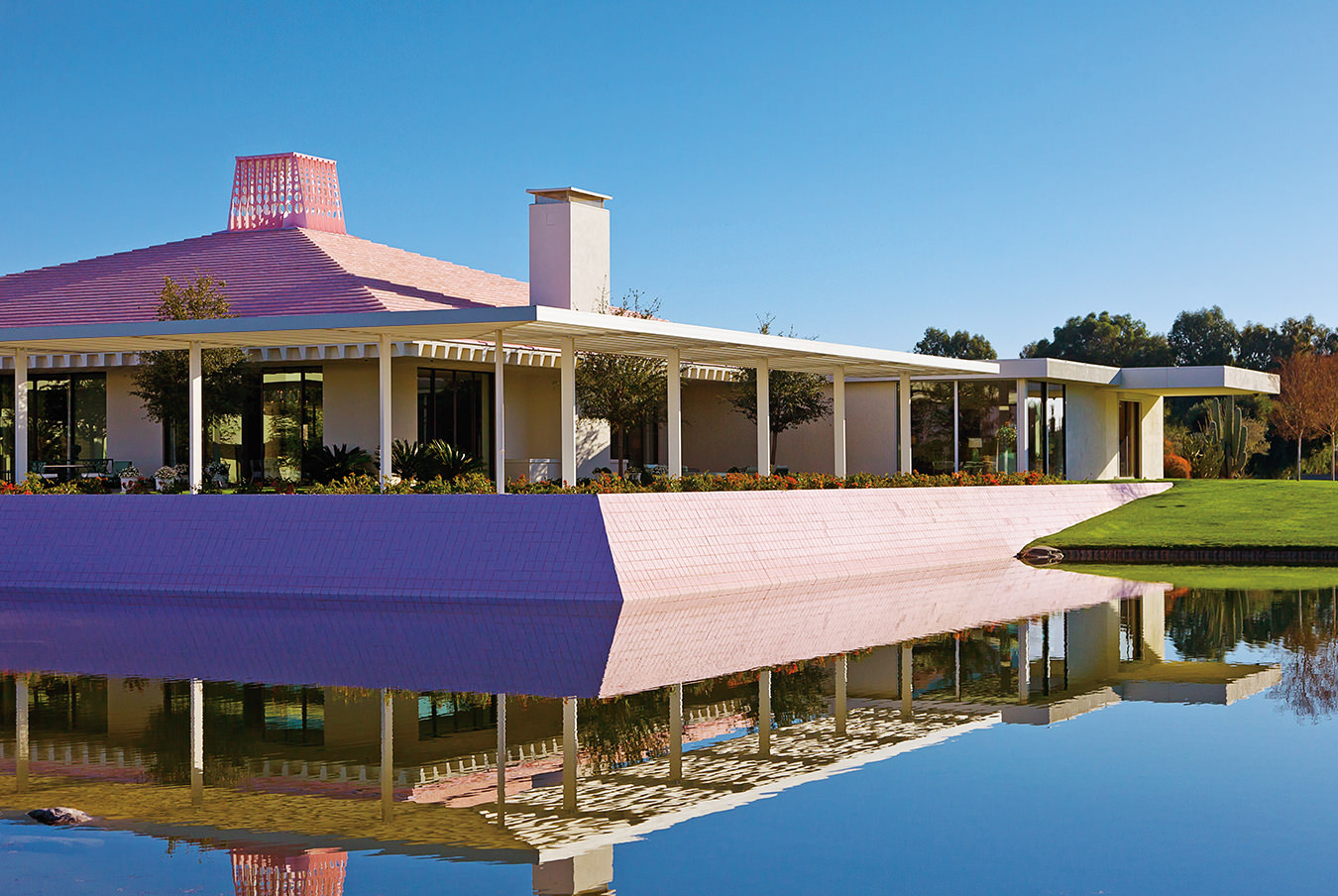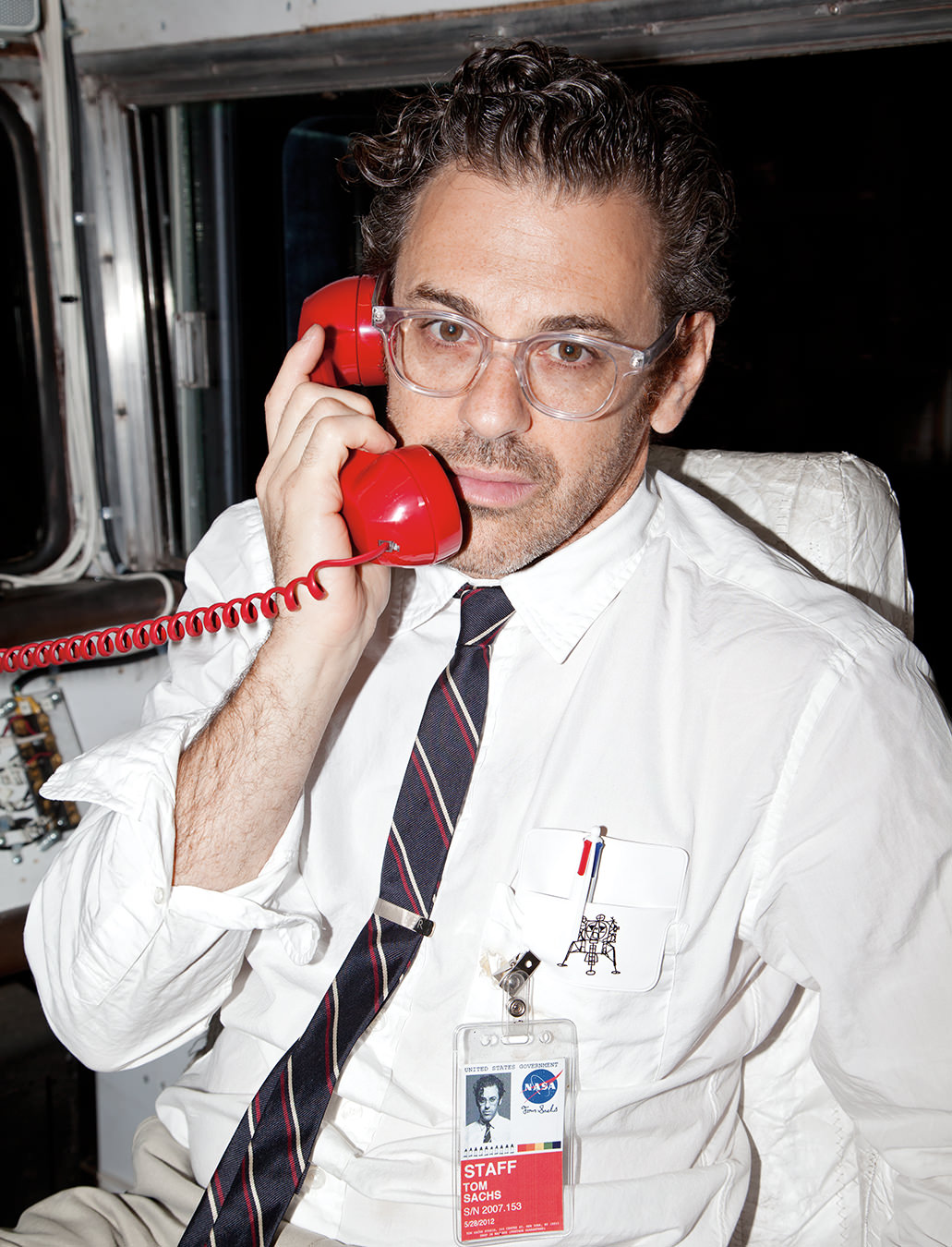-
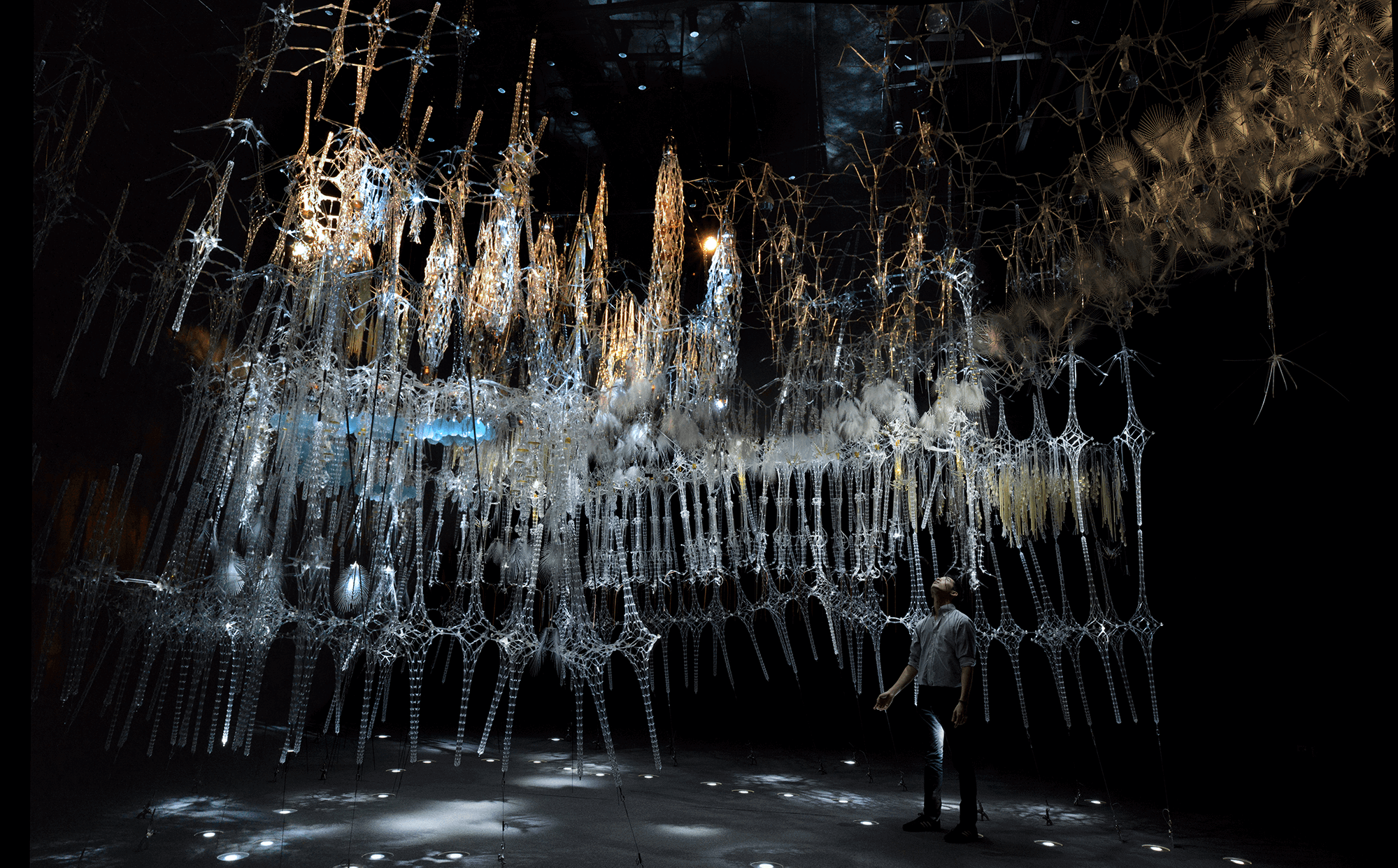
This summer, the Royal Ontario Museum hosts parallel exhibitions from Iris van Herpen and Philip Beesley.
-
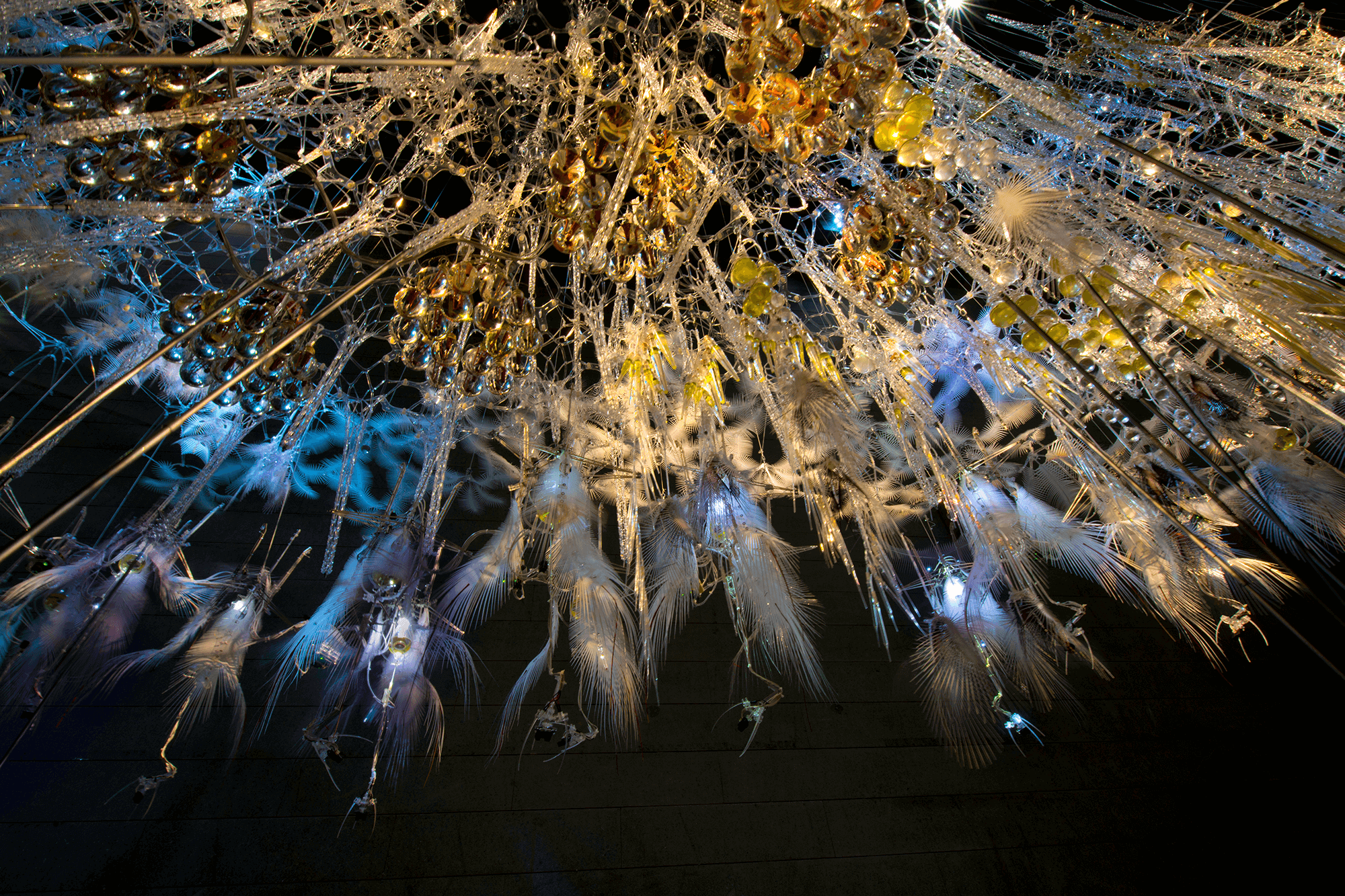
Beesley is a Canadian architect creates “living architecture” able to react to its environment.
-

Van Herpen is a Dutch designer known for her work with 3-D–printed fashion.
-

The two have been united by a friendship and mutual interest in esoteric, experimental craft since 2012.
-

The ROM’s positioning of the exhibitions takes one through the development of the duo’s connection.
-
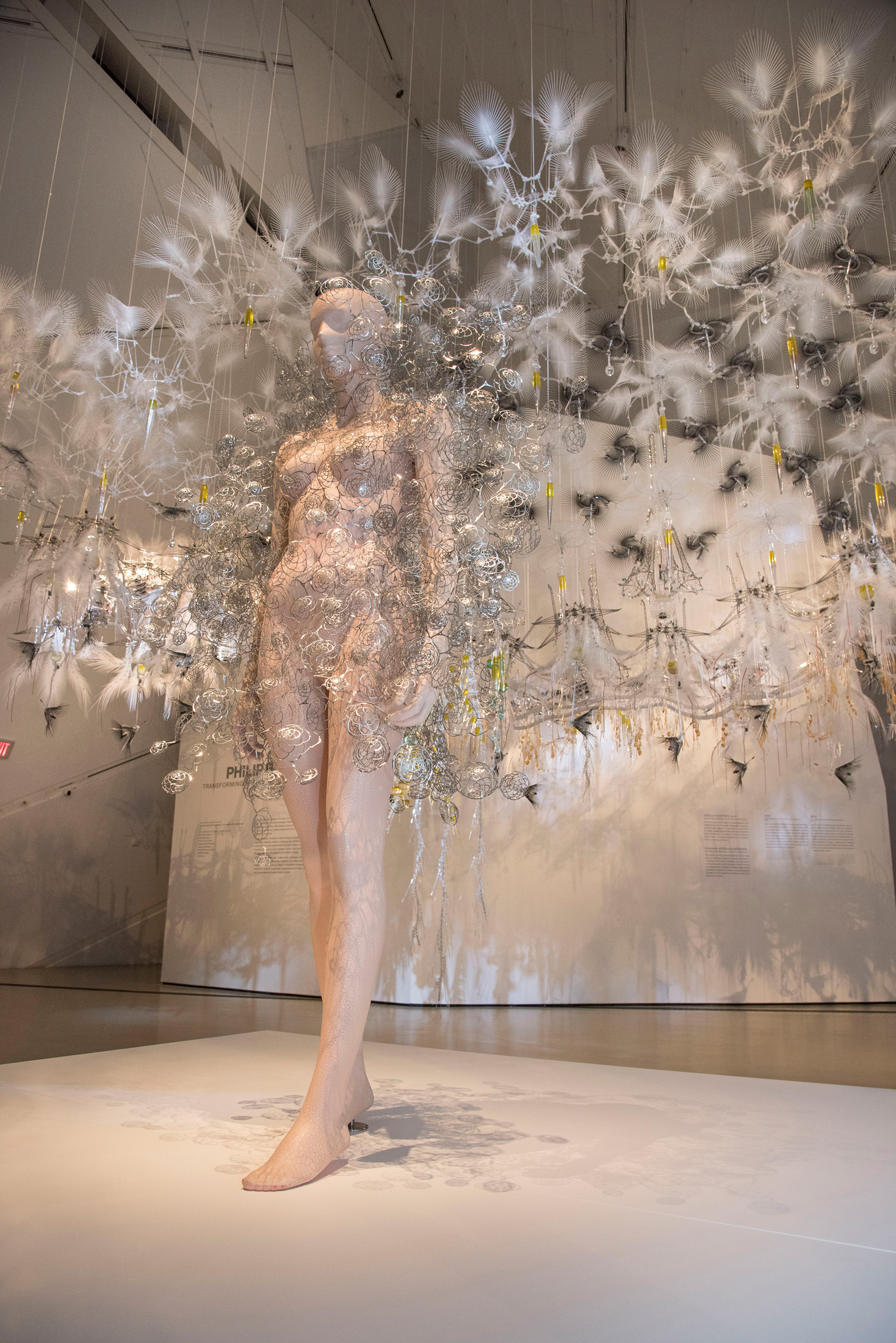
The exhibitions display works that transcend the boundaries of their respective mediums.
-
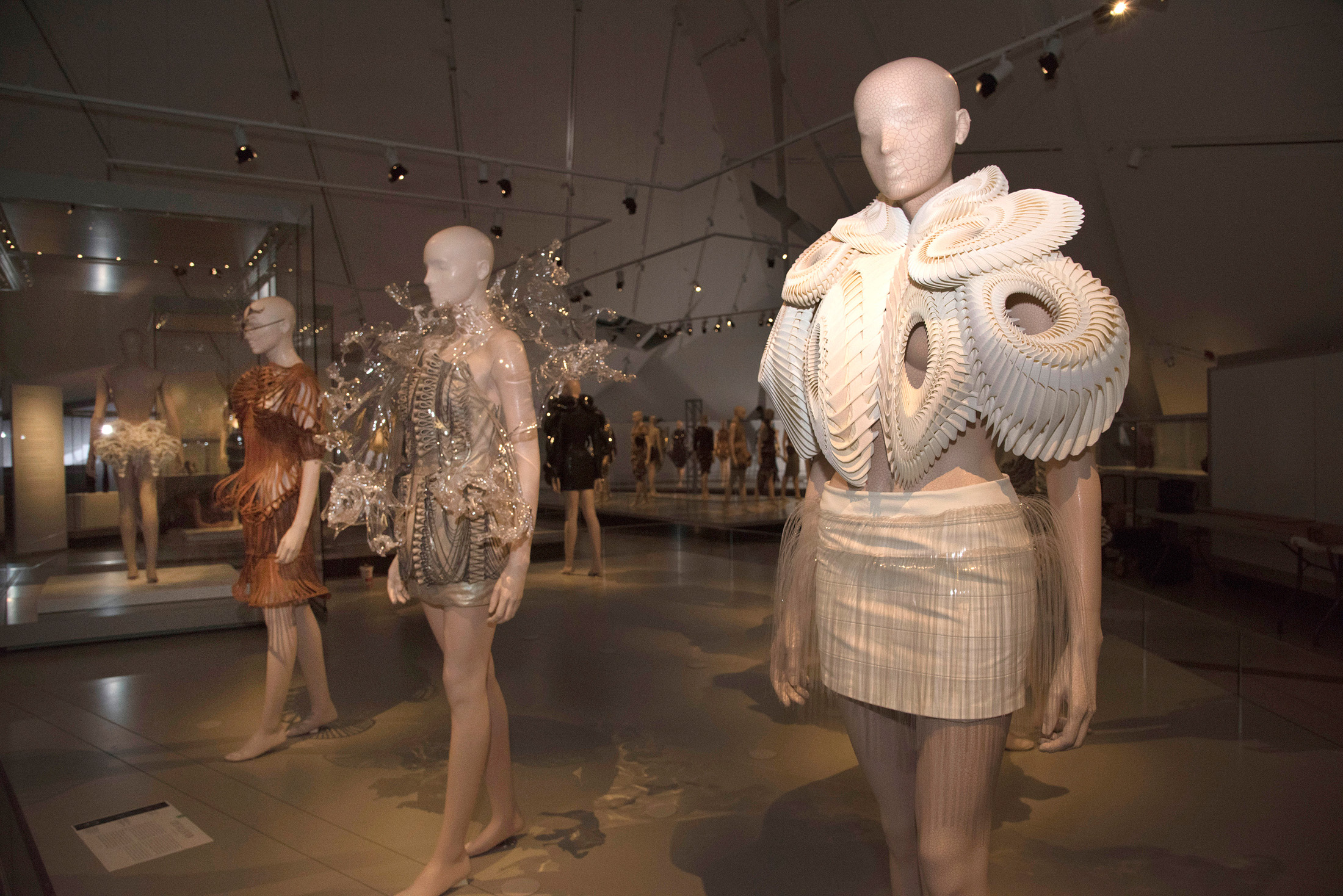
This exhibition is their 11th collaboration.
Iris Van Herpen and Philip Beesley at the ROM
Transforming fashion, transforming space.
Visitors to the Royal Ontario Museum this summer will be confronted by the meeting of two extraordinary minds. In parallel exhibitions Iris van Herpen: Transforming Fashion and Philip Beesley: Transforming Space, technology coalesces with the organic, resulting in works of couture and installation architecture that transcend the boundaries of their respective mediums.
Canadian architect Beesley and Dutch designer Van Herpen have been united by a friendship and mutual interest in esoteric, experimental craft since 2012, when Beesley learned Van Herpen had been inspired by his own work at the 2010 Canadian Pavilion at the Venice Biennale. The two have since connected over conceptual exchange—the ROM’s exhibit is their 11th collaboration. The ROM’s positioning of the exhibitions essentially takes one through the development of Van Herpen and Beesley’s connection— “Transforming Fashion reflects earlier phases of Iris’ work, up until 2014 or so, and then there’s voltage magnetic motion, a look we have made together near the end,” says Beesley.
What this means is, after viewing a collection of Van Herpen’s gowns, each of which evokes a different kind of nature-meets-sci-fi fantasy, visitors find themselves before the Aeriform Dress—“A bubble-shaped steel cloud that Iris and I did together this past year,” explains Beesley. More heady sights follow, as Beesley says, “Behind it is a very large suspended canopy full of active devices, glistening with glasses and fluids, and there are mechanisms in it that make it breathe and sigh and roll—as a very gently seething ocean.”
The exhibit transitions into work created by Beesley’s architecture studio Living Architecture Systems, accentuated by aural components created by Amsterdam-based spatial sound technology company 4DSOUND. Beesley’s creations, which employ highly elastic tensile-based fabrics, the aesthetics of computer controls and artificial intelligence, and a reactive quality Beesley calls a “chemical metabolism” able to engage with its environment, seem alive. The works are, in fact, reactive, shuddering, hovering, vibrating, and waving when company is sensed—they have, Beesley says, “tremendous presence, bristling and rolling in response to [viewers].”
To visit Iris Van Herpen: Transforming Fashion and Philip Beesley: Transforming Space this summer is to witness style and space gain sentience.
Iris Van Herpen: Transforming Fashion and Philip Beesley: Transforming Space run June 2 to October 8, 2018, at the ROM.
_________
Never miss a story. Sign up for NUVO’s weekly newsletter, here.

